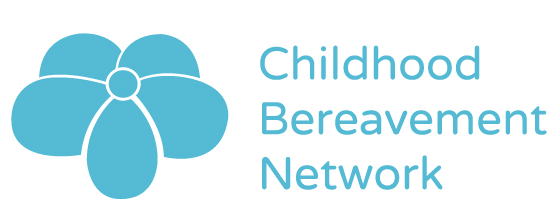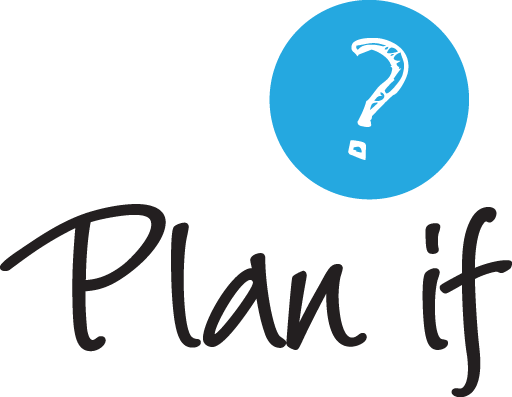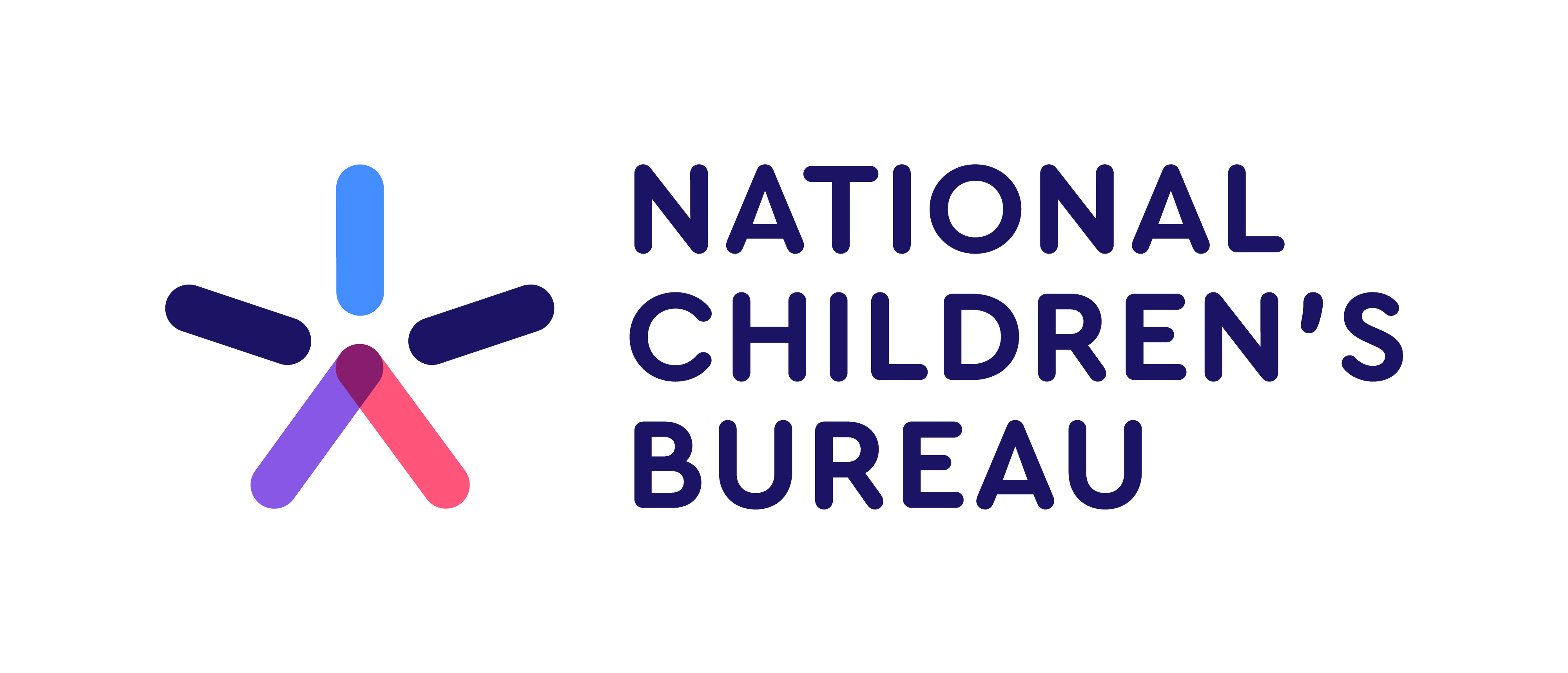Recording family history

Family Tree
Most children have only a hazy grasp of how the members of their family fit together. Sometimes only one person knows who is related to who – and that knowledge can be completely lost if that person dies before recording it. Children really appreciate understanding how they and the person who died fit into this particular family and the sense of belonging and a continuing bond this brings.
Most adults have at sometime said, with regret, something like ‘I wish I’d asked her who Uncle Stan was before she died’.
A family tree need not be complicated and needn’t be drawn as a tree, but some dates of births and deaths (where known) would help. Try this simple free online resource to create a family tree.
Life stories
In an ideal world, maybe we would all leave behind an autobiography. Every life is interesting and children love to hear stories about their parents’ lives. If a parent dies, sharing stories about them is one of the most powerful ways of encouraging a child to remember and feel close to that person. And everyone has a version of this sort of thing: ‘Grandpa used to tell an hilarious story about leaving your dad on the bus but I can’t remember it’.
Even if you only have the odd moment free, when you think of a story about your life, jot it down. Post-It notes or postcards are ideal for this. Even story headings may be enough to prompt someone else to remember it. It needn’t be in perfect prose, just something that would help someone else remember and tell the story to your child(ren) for their comfort and to help them piece together their place in the world. Starters such as ‘stuck on school roof with Jazzer’; ‘sleeping on beach in Cornwall – stars, crab’; ‘seeing ultra scan – so happy’.
As with everything else in your Plan If, the point is to help your child(ren) in the unlikely event that you die while they are young. In the much more likely event that you don’t, you can add to this for the rest of your life and the next generations can enjoy the stories!
Some online tools are available: some are free, others charge. One example is Capsool (and look for the Family section). And there are books you can buy, with useful prompt headings, designed to capture memories for family members to complete. One example can be found here.
Labelling family photos
Whenever you next get out the box of all the jumbled family photographs, ask yourself: ‘Who else knows that the woman in the big hat is my Great Aunt Annie?’
Then set aside a wet afternoon to write the names in pencil on the back of any actual photographs or label digitised photos (‘Great Aunt Annie: she was my father’s mother’s sister. Ran a wool mill in Shipley’). They may not be interested now but your child(ren) may be deeply interested in the future.
They will also be particularly interested in pictures of themselves (so date all those birthday cake pictures now) and of you.



